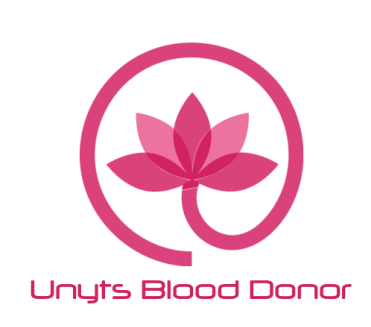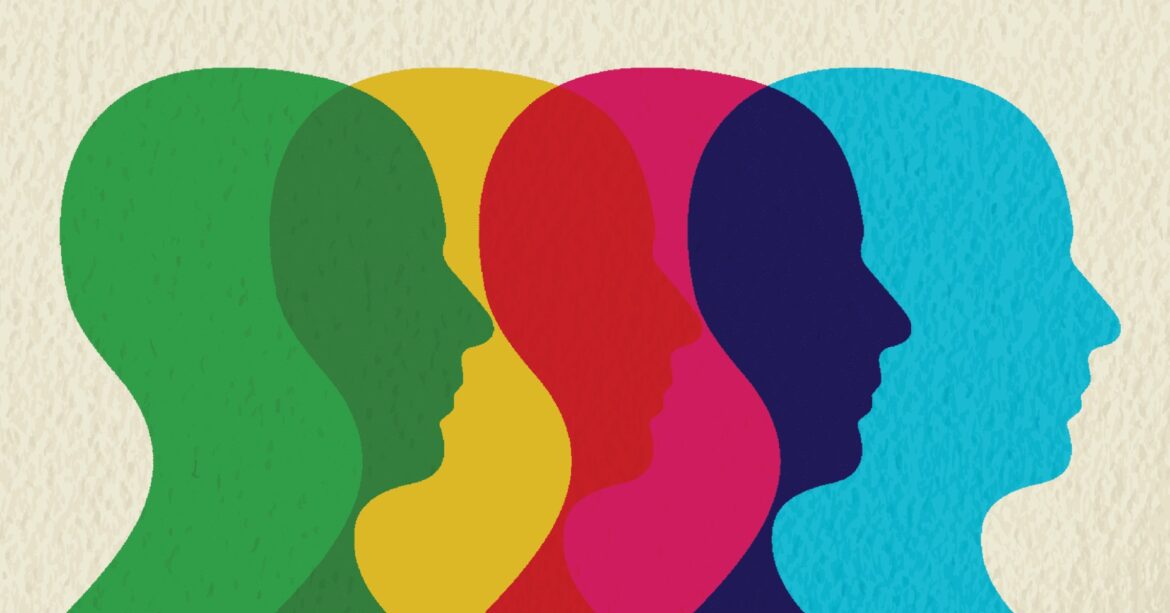In the digital era, where attention spans are short and competition is fierce, web designers need to captivate users from the moment they land on a website. Color psychology is a powerful tool that allows designers to tap into users’ emotions, thoughts, and behaviors, enhancing the overall user experience.
Understanding Color Psychology
Color psychology is the study of how different colors impact human emotions and behavior. Each color has its own associations, symbolism, and cultural meanings. For instance, warm colors like red and orange can evoke feelings of excitement and energy, while cool colors like blue and green may create a sense of calmness and tranquility.
Choosing the Right Color Palette
Choosing the right color palette is a crucial aspect of any design project. Colors have the power to evoke emotions and create visual impact. When selecting a color palette, it’s important to consider factors such as the brand’s personality, target audience, and the desired emotional response. The color scheme should align with the brand identity and effectively convey the intended message. By carefully choosing the right colors, designers can create a visually cohesive and engaging design that resonates with the audience.
A well-chosen color palette can significantly enhance the user experience. Colors can guide users through a website, highlight important elements, and create a pleasant and intuitive browsing experience. By using the right colors, designers can improve readability, increase user engagement, and reduce frustration. The color palette should be carefully balanced to create visual hierarchy and draw attention to key elements. By harmonizing the colors and their contrasts, designers can create a visually appealing and effective design that captures users’ attention and keeps them engaged.
- In addition to aesthetics, colors also play a role in establishing brand identity. Consistent use of colors across various brand touchpoints, including the website, helps reinforce brand recognition and create a memorable visual presence. The color palette should align with the brand’s values and personality, effectively conveying the brand’s message and positioning. By choosing colors that resonate with the target audience and evoke the desired emotions, designers can strengthen the brand identity and create a lasting impression.
In conclusion, choosing the right color palette is a critical decision in any design project. It requires careful consideration of the brand’s personality, target audience, and the desired emotional response. The chosen colors should align with the brand identity, enhance the user experience, and establish a strong brand presence. By leveraging the power of colors, designers can create visually appealing designs that effectively communicate the brand’s message and engage the audience.
▪ Establishing Brand Identity
- Colors play a crucial role in establishing a brand’s identity and creating a memorable visual presence. By using consistent colors across all brand touchpoints, including the website, designers can reinforce brand recognition and build a strong brand identity.
▪ Enhancing User Experience
- Colors can significantly impact user experience by guiding users through a website, highlighting important elements, and creating a pleasant and intuitive browsing experience. Carefully chosen color schemes can improve readability, increase engagement, and reduce user frustration.
Communicating Messages and Emotions
Colors play a significant role in communicating messages and evoking emotions in web design. Each color carries its own associations and symbolism, which can be utilized strategically to convey specific messages to users. For example, vibrant and bold colors like red or orange can signify excitement and urgency, making them ideal for highlighting limited-time offers or call-to-action buttons. On the other hand, calm and soothing colors like blue or green can evoke a sense of trust and reliability, making them suitable for websites that aim to convey a sense of stability or serenity.
By carefully selecting colors that align with the desired emotions and messages, web designers can effectively communicate with their audience. The color scheme should be in harmony with the brand identity and the intended message of the website. For instance, a healthcare website might use shades of blue to instill a sense of calmness and trust in visitors, while a creative agency’s website might employ vibrant and energetic colors to express innovation and creativity.
In addition to color selection, the way colors are combined and used in design elements can further enhance the communication of messages and emotions. The placement and size of color elements can draw attention and guide users’ focus to specific areas of the website. A well-executed use of color psychology can help designers establish visual hierarchy, emphasize important information, and create an engaging user experience. By considering the psychological impact of colors and their arrangement, designers can create a visually compelling design that effectively communicates the desired messages and evokes the intended emotions in their audience.
Creating Visual Hierarchy
Color can be utilized to establish a visual hierarchy within a web design. By assigning different colors to various elements, designers can guide users’ attention and emphasize important information. The effective use of color can make the website more scannable and enhance overall user engagement.
Building Trust and Credibility
Colors can significantly impact how users perceive a brand’s trustworthiness and credibility. By choosing colors that align with the brand’s values and evoke positive emotions, designers can enhance users’ trust in the brand and improve the overall perception of the website.
Evoking Desired Actions
Colors can influence users’ decision-making processes and encourage them to take specific actions. For instance, a vibrant and contrasting color for a “Buy Now” button can make it more visually prominent and increase the likelihood of conversions.
Incorporating Color Contrast
Incorporating color contrast is a crucial consideration in web design, as it plays a vital role in both aesthetics and accessibility. By utilizing color contrast effectively, designers can enhance the readability and visual appeal of a website, ensuring that all users, including those with visual impairments, can access and engage with the content.
One way to achieve color contrast is by combining colors that have a significant difference in their lightness or darkness. For example, pairing a dark background color with a light text color creates a sharp contrast that improves readability. Designers should aim for a contrast ratio that meets accessibility guidelines, such as the Web Content Accessibility Guidelines (WCAG), to ensure that the content is easily distinguishable by users with visual impairments.
Another aspect to consider when incorporating color contrast is the contrast between different elements within the design. Designers can use color contrast to create visual hierarchy and emphasize important elements. By employing contrasting colors for headlines, buttons, or key information, designers can draw users’ attention and guide them through the content effectively.
In the table below, we can explore examples of color contrast combinations that can be used in web design:
| Element | Background Color | Text Color |
| Headlines | Dark Blue | White |
| Body Text | Light Gray | Black |
| Call-to-Action Button | Orange | White |
| Navigation Links | Black | Light Gray |
| Accent Color | Deep Purple | Yellow |
By considering color contrast in web design, designers can create visually engaging and accessible websites. The appropriate use of color contrast improves readability, guides users’ attention, and ensures that the content is accessible to all users. It is important to strike a balance between aesthetics and accessibility by selecting colors that offer sufficient contrast while maintaining a visually appealing design.
Optimizing for Accessibility
Inclusive design is an integral part of modern web design practices. Designers should consider colorblindness and other visual impairments when selecting color palettes to ensure that all users can access and engage with the website’s content effectively.
Color psychology is a powerful tool that web designers can harness to create visually appealing and engaging websites. By understanding the impact of colors on human emotions and behavior, designers can make informed decisions about color palettes, establish brand identity, enhance user experience, and effectively communicate messages. By incorporating creative and thoughtful use of color psychology in web design projects, designers can captivate users, build strong brand presence, and drive desired actions.
FAQs
- How can color psychology impact user experience? Color psychology can influence users’ emotions and behaviors, guiding them through a website, improving readability, increasing engagement, and reducing frustration.
- Is it necessary to consider color contrast in web design? Yes, color contrast is crucial for web accessibility. It ensures that all users, including those with visual impairments, can read and engage with the website’s content effectively.
- How can color choices build trust and credibility? By selecting colors that align with the brand’s values and evoke positive emotions, designers can enhance users’ trust in the brand and improve the overall perception of the website.
- Why is testing color choices important? Testing different color variations through A/B testing provides valuable insights into users’ preferences and behaviors, allowing designers to make data-driven decisions and optimize color choices.
- How can color psychology be integrated into mobile design? In mobile design, designers need to optimize color choices for smaller screens and limited attention spans. Understanding color psychology helps in creating engaging and impactful mobile experiences.




